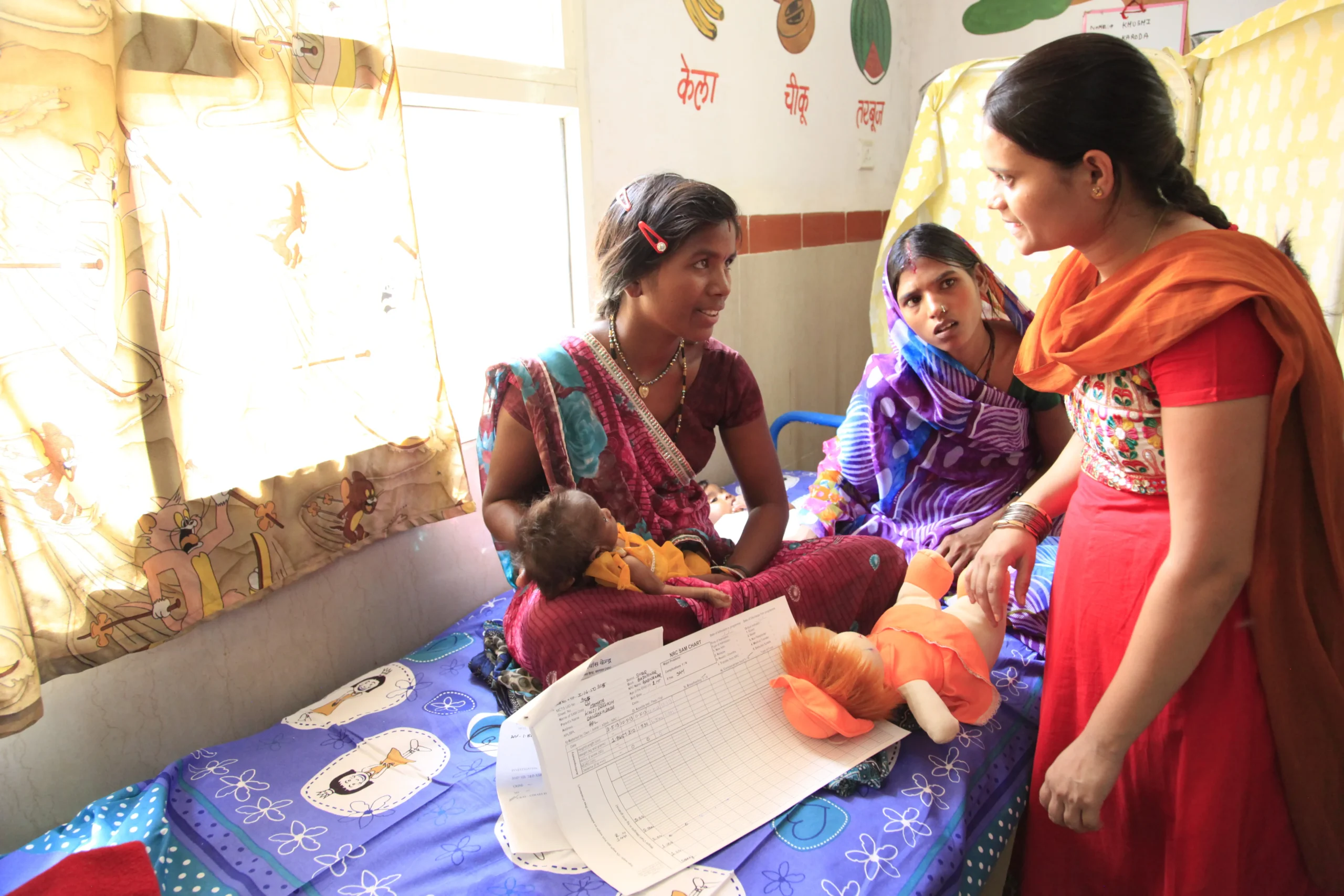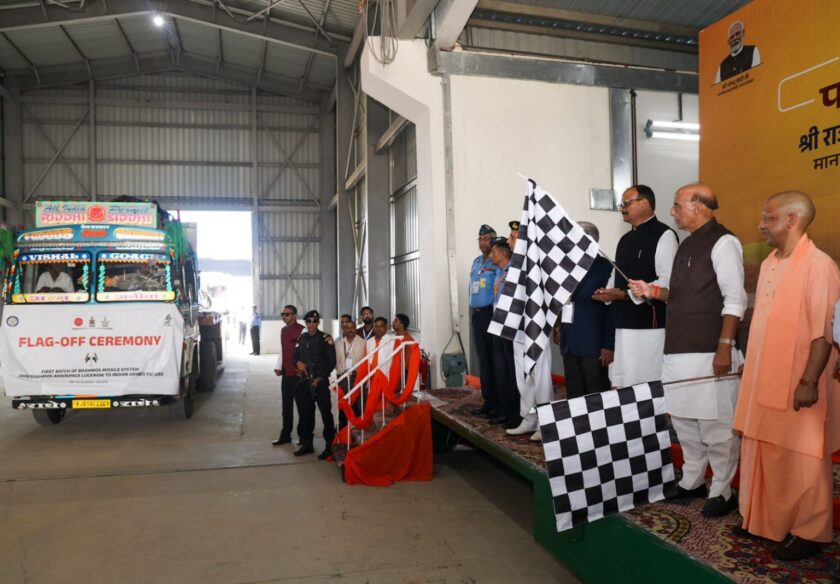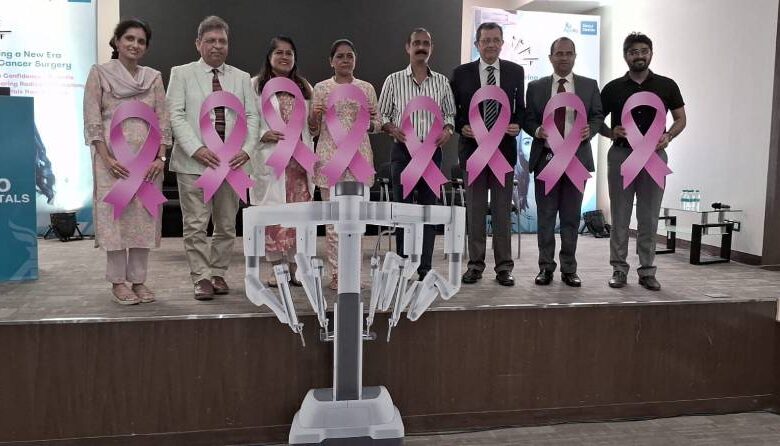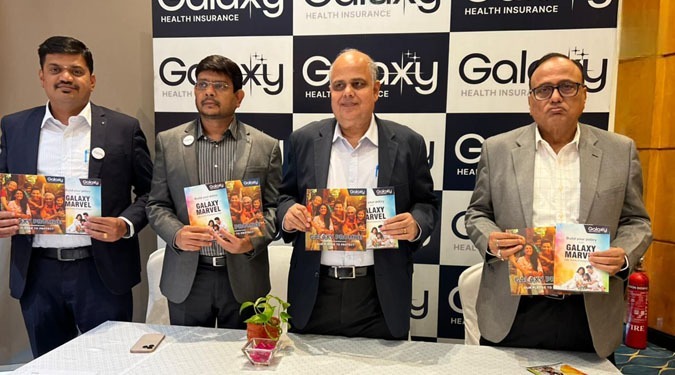Special initiative improving nutrition and saving lives in Uttar Pradesh
Lucknow: For malnourished children, Nutrition Rehabilitation Centres (NRCs) are emerging as a lifeline and a ray of hope.
In Chinhat block’s Samata Colony, one-and-a-half-year-old Divyanshi was battling high fever and extreme weakness. Alarmed, her mother rushed her to Dr. Ram Manohar Lohia Mother and Child State Referral Hospital (RML). Doctors diagnosed her with a severe urinary tract infection along with Severe Acute Malnutrition (SAM). She was immediately admitted to the NRC.
Within just 15 days of treatment and nutritional management, Divyanshi’s weight increased from 7.1 kg to 7.7 kg. Her mother recalls, “Earlier, she would only drink my milk and formula. She refused any solid food. Here, the doctors started her on dalia, dal, suji, puffed rice, and khichdi. They also taught me how to prepare nutritious meals. Now she eats and is gradually gaining weight.”
State’s Fight Against Malnutrition
Dr. Milind Vardhan, General Manager (Child Health), National Health Mission, Uttar Pradesh, said that the state government has put in place both community and facility-based interventions to combat SAM and Moderate Acute Malnutrition (MAM) among children under five. These include NRCs, home-based care, integration with ICDS, Poshan Abhiyaan, inter-departmental coordination, and linking beneficiaries with government schemes.
NRCs treat children suffering from SAM and MAM with medical complications through three stages:
- Stabilization – admitting the child and beginning treatment.
- Transition & Rehabilitation – providing energy-rich diets, focusing on growth, and counselling caregivers.
- Community Follow-up – monitoring the child for up to two months post-discharge through ASHAs, Anganwadi workers, and NRC staff.
Currently, 84 NRCs are functional across 75 districts, admitting around 17,000 children annually. About 83% are discharged in a healthy state. Mini NRCs have also been set up at block levels for children with moderate complications.
Success Stories at RML’s NRC
Dr. Shitanshu Srivastava, Nodal Officer of RML’s NRC, informed that the 10-bed unit started operations in January this year. From January to August, 259 children were admitted, of which 253 recovered and returned home. “Being a tertiary care centre, we also receive children with congenital heart disease, neurological disorders, and other complications. Alongside treatment, their nutrition management is equally prioritized,” she added.

NRC Medical Officer Dr. Sakshi Singh explained that around 20–30% of children are referred by ASHAs, Anganwadi workers, and the Rashtriya Bal Swasthya Karyakram (RBSK). “Children with congenital illnesses gain weight slowly, which makes the 14-day admission period challenging. Around 5–10% are readmitted due to family socio-economic conditions. Hence, counselling mothers and caregivers becomes vital to ensure they spread correct nutrition practices at home and in the community.”
Feeding demonstrator Stuti pointed out that many children admitted are those who were not introduced to complementary feeding on time. “Prolonged dependence on only breast milk or bottle milk worsens malnutrition. We encourage families to use coconut oil instead of refined oil as it contains medium-chain triglycerides, and jaggery instead of sugar, which is healthier,” she said.
Looking towards the future
Dr. Srivastava shared future plans: “We aim to develop NRC as a research and training centre to further improve children’s diets. Long-term follow-up post-discharge is also in our plan. Additionally, we want to study the impact of millet-based diets compared to regular grains. The goal is to ensure weight gain through protein, not just fat. Strengthening the team and resources is essential.”
Beyond Treatment – A Community Impact
The initiative at NRC is not only saving children’s lives but also empowering mothers with nutritional knowledge that spreads awareness across entire communities. At the centre, mothers and caregivers are provided with meals along with a daily allowance of ₹50, directly transferred to their bank accounts. For each follow-up visit (four times in 15-day intervals), they receive ₹40, and an additional ₹100 for meals and support.
Children’s physical and mental growth is closely monitored, while mothers are counselled on breastfeeding, complementary feeding, and nutrition.
The NRC model is proving to be more than a treatment facility—it is becoming a beacon of awareness and a foundation for building healthier generations.






